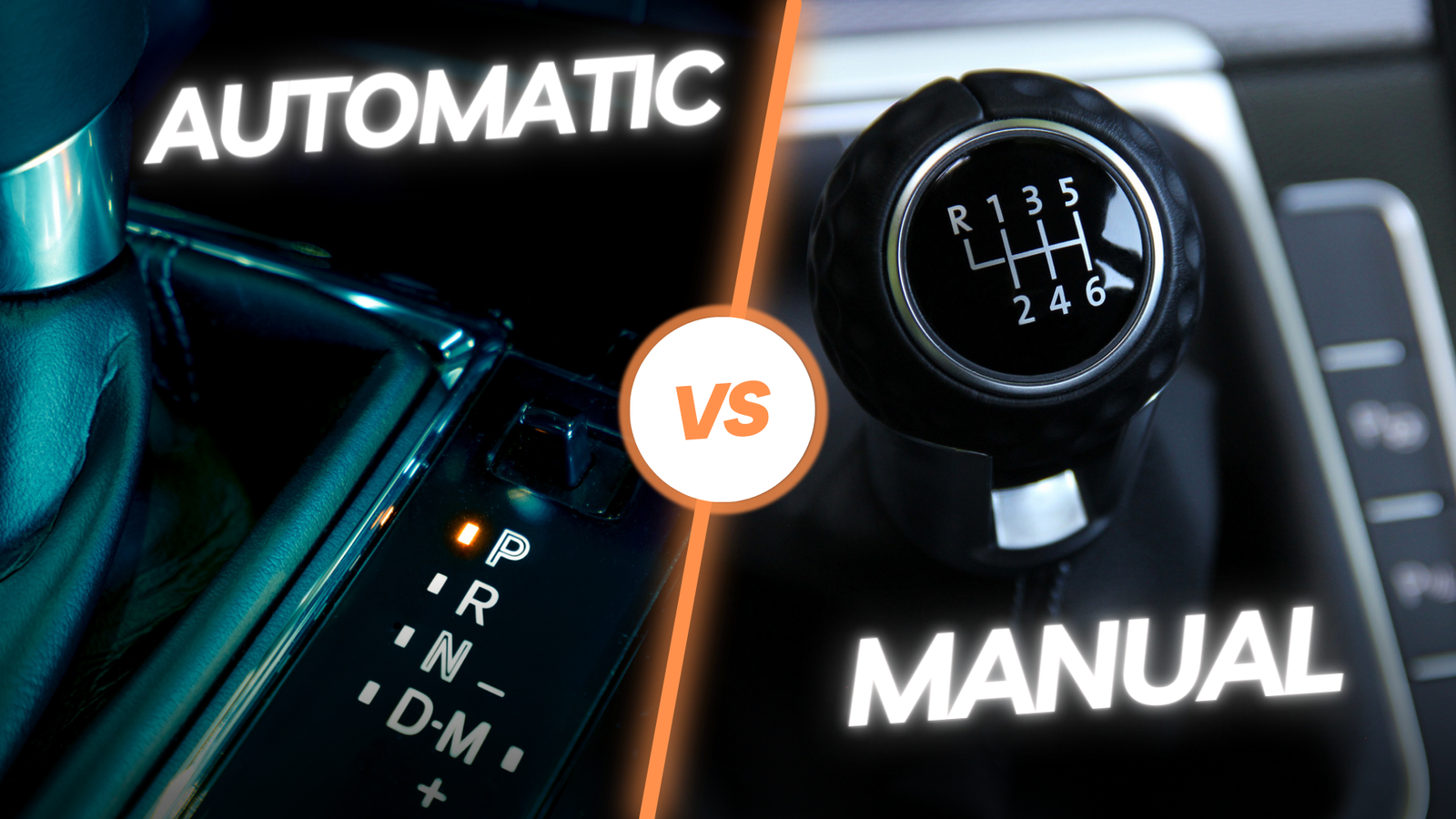Few debates in the automotive world are as polarizing as manual vs. automatic transmission. Enthusiasts swear by the visceral engagement of a manual gearbox, while the modern driver often prefers the convenience and efficiency of an automatic. But which transmission is truly better? The answer isn’t as straightforward as some might think. The right choice depends on driving habits, vehicle application, and even future resale value. Let’s dissect the strengths and weaknesses of both transmissions to determine the best option for you.
Understanding the Fundamentals
Manual Transmission: The Purist’s Choice
The idea of a multi-speed transmission goes way back to the late 1800s. Engineers figured out that having just one speed wasn’t enough to handle different types of terrain and varying speed needs. The first mass-produced manual transmission came about in the early 1900s and was a three-speed gearbox. Cars back then, like the 1912 Cadillac Model 30, had these basic gearboxes and needed double-clutching since there were no synchronizers in place.
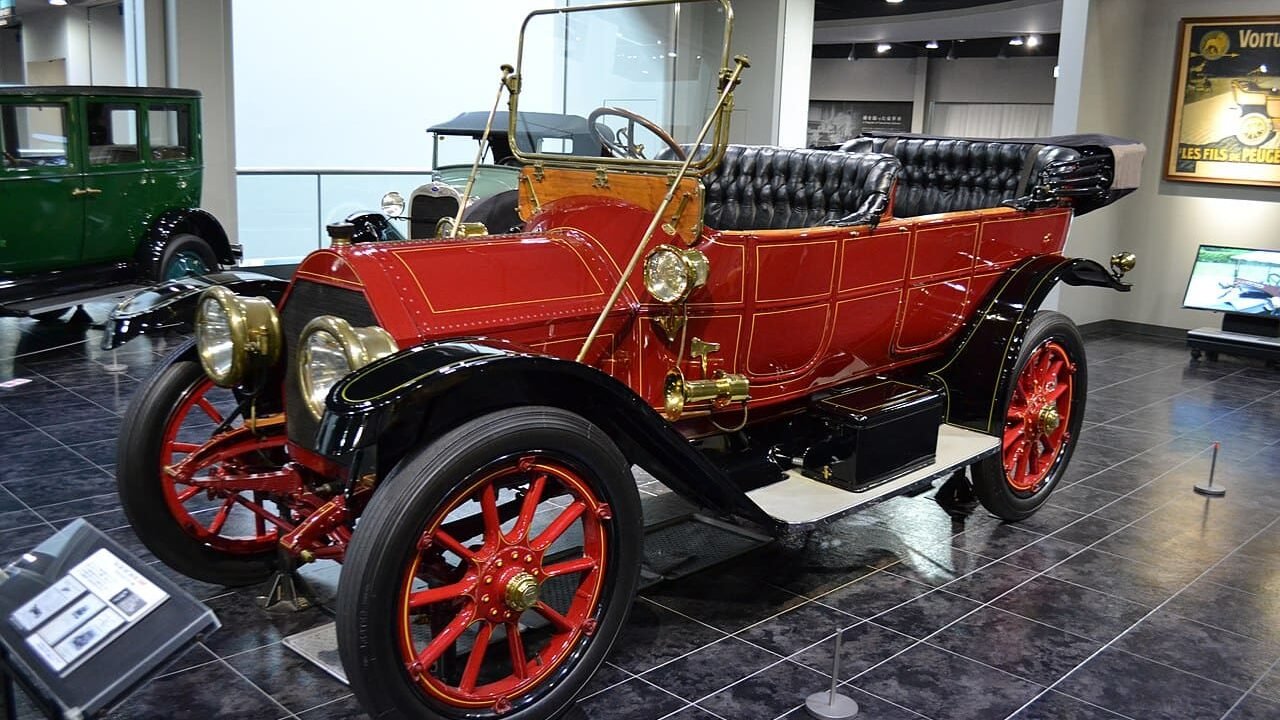
Fast forward to the 1930s, and synchromesh transmissions showed up. These made shifting gears a whole lot smoother by helping the engine and gear speeds match up. Thanks to this tech, four-speed manual transmissions became super popular in performance and luxury cars during the 1950s and 60s.
It wasn’t until the late 70s and early 80s that five-speed transmissions became common, with high-performance cars and European models like the BMW E30 and Porsche 911 leading the way for six-speed manuals in the 1990s. Nowadays, when you think of seven-speed manuals like in the Porsche 911 or the six-speed options in modern sports cars, you see how far manual gearboxes have come.
Advantages:
- Driver Control & Engagement – A manual transmission offers direct mechanical control over gear selection, allowing for precise rev matching and engine braking.
- Mechanical Simplicity & Reliability – Fewer complex components mean fewer potential failure points. Unlike an automatic, a manual transmission does not rely on a torque converter, hydraulic pumps, or complex valve bodies.
- Lower Maintenance Costs – Replacing a clutch (typically between $500–$1,500) is generally less expensive than repairing or replacing an automatic transmission.
- Fuel Efficiency (In Older Models) – Before modern automatic transmissions introduced 8–10 speed gearboxes, manual cars were often more fuel-efficient.
Disadvantages:
- Steeper Learning Curve – Not all drivers can easily master the coordination required for clutch and gear shifting.
- Traffic Fatigue – Constantly using the clutch in stop-and-go traffic can become tiring.
- Resale Value Considerations – With fewer manual drivers today, resale can be limited to a niche audience.
Automatic Transmission: The Evolved Standard
Back in the day, most cars had manual transmissions, but as folks started wanting more convenience, we got our first real automatic transmission—the Hydra-Matic, which General Motors rolled out in 1940. This four-speed automatic, used in Oldsmobile cars, was a game changer since it got rid of the clutch pedal and the hassle of shifting gears yourself.

As time went on, automatic transmissions got better and better. They moved from basic two and three-speed setups to the more advanced four-speed models that showed up in the 1980s. Then in the 1990s, we started to see five-speed automatics becoming popular. But it wasn’t until we hit the 2000s that six and eight-speed automatics really took off. Nowadays, automatics have way more gears than manuals, with some cars having 10-speed automatics (like those from Ford and GM) and continuously variable transmissions (CVTs) that help squeeze the best fuel efficiency out of them.
In modern vehicles, dual-clutch transmissions (DCTs) and continuously variable transmissions (CVTs) have further refined this technology.
Advantages:
- Ease of Use – No clutch pedal, no gear selection—just put it in Drive and go.
- Traffic Convenience – Automatics eliminate the fatigue of clutch operation in congested urban areas.
- Advanced Fuel Efficiency – Modern automatic transmissions, particularly CVTs and DCTs, optimize shift points for better MPG.
- Wider Availability & Resale Value – Most new cars today are only offered with an automatic, increasing their market appeal.
Disadvantages:
- Higher Complexity & Repair Costs – Automatics feature intricate components that are costly to fix. A transmission replacement can range from $3,000 to $7,000.
- Less Control Over Power Delivery – Even with paddle shifters, an automatic lacks the immediate feedback of a true manual gearbox.
- Durability Issues in Older Models – Traditional torque-converter automatics have a history of overheating and requiring frequent fluid changes.
Performance & Driving Experience
For those who prioritize performance driving, a manual transmission often remains the gold standard. Cars like the Porsche 911 GT3, Mazda MX-5 Miata, and Honda Civic Type R prove that a well-engineered manual can deliver unparalleled engagement. The ability to control power delivery, time shifts perfectly, and rev-match is a thrill that automatics simply cannot replicate.
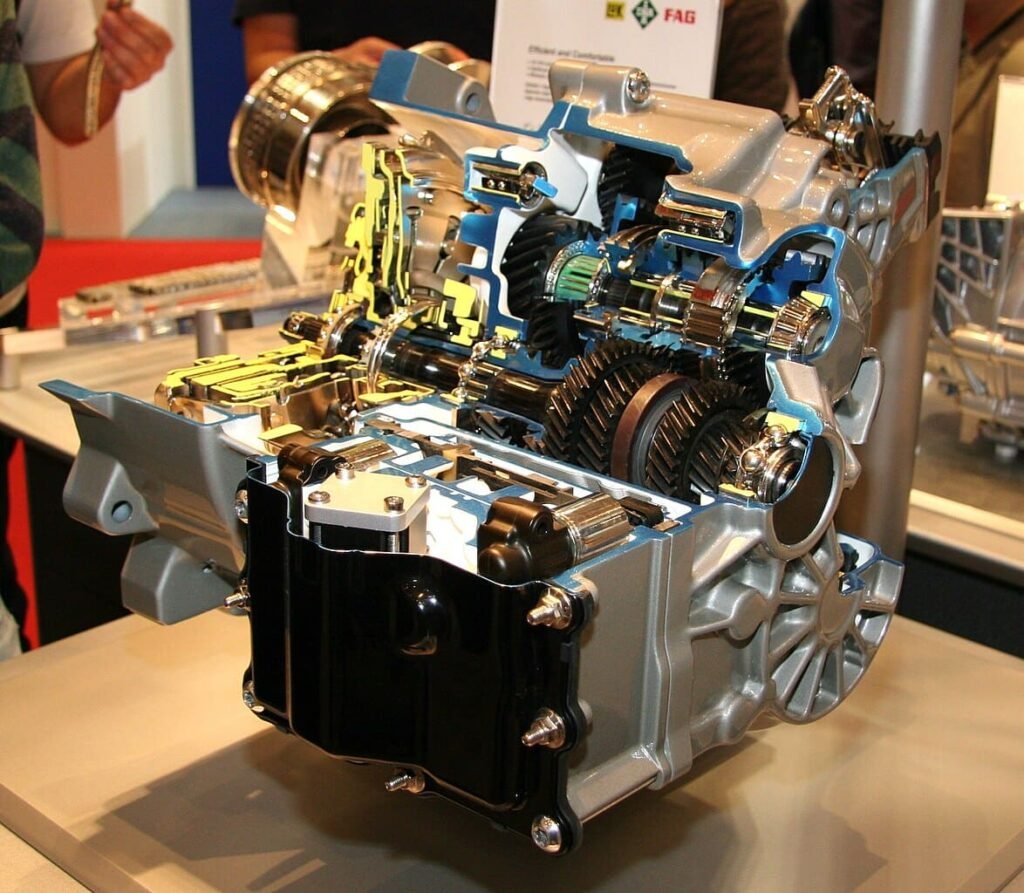
However, for high-powered performance cars, dual-clutch automatics (DCTs) have become the benchmark. Ferrari, McLaren, and Lamborghini no longer offer manual gearboxes because DCTs shift faster than any human ever could. The Porsche PDK (Doppelkupplungsgetriebe), for instance, can upshift in as little as 100 milliseconds, maximizing acceleration and efficiency.
Market Dynamics: Global Trends and Licensing Implications
The divergence between manual and automatic transmissions is perhaps most evident when comparing different global markets. In the United States, the overwhelming majority of new vehicles are equipped with automatic transmissions—a trend driven by consumer preferences for ease-of-use in urban and highway driving, as well as the rapid advancements in automatic technology. Conversely, in many parts of Europe, Asia, and other regions, manual transmissions continue to hold sway. In these markets, driving licenses are often obtained using vehicles with manual gearboxes, ensuring that drivers retain the skills necessary to operate them. This licensing requirement not only preserves the relevance of manual transmissions but also sustains a rich tradition of driver engagement and mechanical proficiency.
In essence, while the U.S. market gravitates towards the convenience of automatics, a significant portion of the world’s driver population remains connected to the nuanced art of manual shifting—a connection that reflects deeper cultural and educational values within the automotive community.
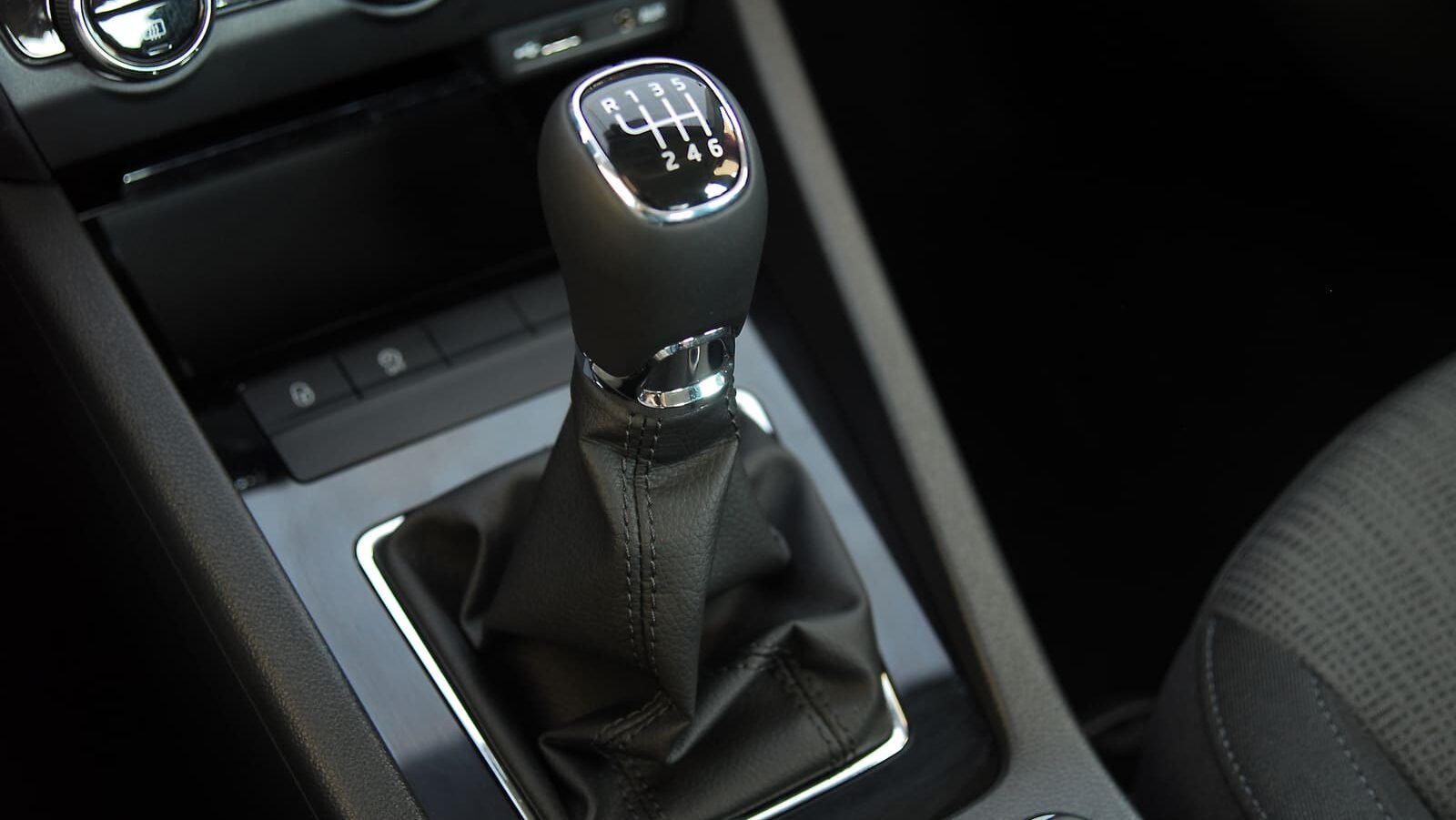
Performance and Tech Advancements: Manual vs. Automatic
For a long time, car fans thought manuals were the way to go since they gave a direct feel to the engine. But then came dual-clutch transmissions and super-fast automatics, which turned things around. Now, brands like Ferrari, Lamborghini, and Porsche have ditched manual gearboxes. They’re all about automated manual and dual-clutch systems that come with:
- Shifts in milliseconds – faster than you can do it yourself.
- Smooth power delivery – no hiccups at all.
- Smart learning – they adjust the shift timing based on how you drive.
Take the Porsche PDK for example, it can upshift in under 100 milliseconds and that really boosts acceleration. Formula 1 also moved away from manuals in the early ’90s because paddle-shift gearboxes are way more precise and quicker.
Automated Manual Transmissions: Finding the Middle Ground
An automated manual transmission (AMT) combines both worlds. It has the same setup as a manual but uses electronic controls to shift gears without the clutch pedal. This tech became popular in entry-level European cars and high-performance models before dual-clutch systems became the norm.
Here are some AMTs you might have heard of:
- Ferrari F1 Transmission – used in cars like the F430 before they fully switched to DCTs.
- BMW SMG (Sequential Manual Gearbox) – found in the E46 M3 but got some complaints for being a bit jerky.
- Alfa Romeo Selespeed – a more budget-friendly AMT that had issues with long-term reliability.
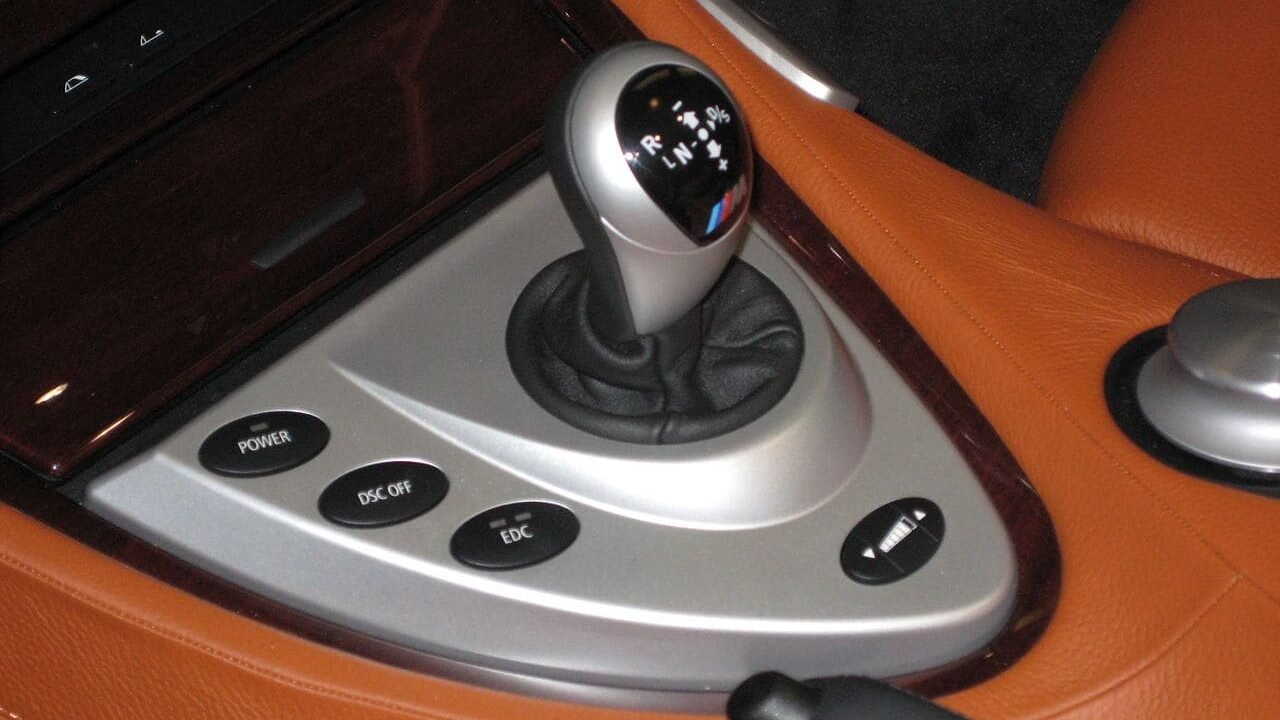
Even though AMTs were a bit easier to use than traditional manuals, they just couldn’t compete with the quick response and smoothness of modern automatics. Nowadays, they’ve mostly been replaced by DCTs and torque-converter automatics which offer quicker shifts and a better driving experience.
Real-World Applications: When Does One Make More Sense?
- Daily Commuting? Automatic wins hands down. Fighting traffic with a manual is exhausting.
- Off-Roading? Automatics with advanced torque-vectoring systems (like those in a Toyota Land Cruiser or Jeep Grand Cherokee) provide superior rock-crawling ability.
- Track Days? It depends. Traditionalists love manuals, but high-performance autos can produce faster lap times.
- Long-Term Reliability? Manual transmissions, when properly maintained, tend to last longer with fewer issues compared to modern automatic counterparts.
The Decline of the Manual Transmission: A Regional Look
So, the manual transmission is really fading out in North America but it’s still the go-to choice in a bunch of other places around the world. In the United States, cars with manual gearboxes make up less than 1% of new sales. There are a few reasons for this shift:
- Traffic jams in cities have made people lean towards automatics since they’re easier to handle.
- Fuel efficiency isn’t just a manual thing anymore. Nowadays, modern automatics and CVTs do a great job optimizing shifts too.
- The resale value of manual cars has dropped since fewer new drivers are learning how to drive them.
On the flip side, in places like Europe, Asia, and South America, manuals are still pretty common. In fact, many countries even require you to take driving tests in a manual car. If you get your license in an automatic, you can’t drive a manual legally at all. In Germany, the Volkswagen Golf and BMW 3-Series still sell well with manuals, while in Japan, cool cars like the Toyota GR86 and Mazda MX-5 Miata keep the manual alive for car lovers.
Verdict: What’s Best for You?
The truth is that manual transmissions aren’t the popular choice anymore but they’re not completely gone either. If you care about:
- Feeling engaged, having control, and keeping things simple → Go for a manual transmission.
- Convenience, speed, and efficiency → Modern automatic options like DCTs or 8- and 10-speed automatics are the better picks.
The future? With electric cars (EVs) on the rise, this whole debate might not matter much soon. But for now, the choice remains personal—and deeply tied to driving preference.
But hey, for those who see driving as a true art, not just getting from point A to B, the manual transmission is a classic that deserves to stick around.
For more insights into making smart automotive decisions, check out Why It’s a Bad Idea to Buy a Used Luxury Car.
Also, don’t forget to bookmark our homepage and explore more in-depth car reviews and buying guides. Prefer video content?
- Suzuki Jimny — The Little Off-Roader We All Need!
- Is A Used 2024 BMW X4 The Right Luxury SUV For You?
- Essential Gadgets: Best 4Runner Blind Spot Mirrors
- Keep Your Tires in Check: Best 2025 Digital Display TPMS
- Toyota Engine Recalls — What To Do? (The No-nonsense Guide)
- Kia Reliability vs Toyota: Which Is More Reliable?
*Disclaimer: This website provides automotive content for informational purposes only and should not be considered professional advice. While we strive for accuracy, we do not guarantee the reliability or suitability of any vehicle or product mentioned—always conduct your own research before making purchasing decisions. Additionally, some links on this site are affiliate links, meaning we may earn a commission if you make a purchase, at no extra cost to you.

